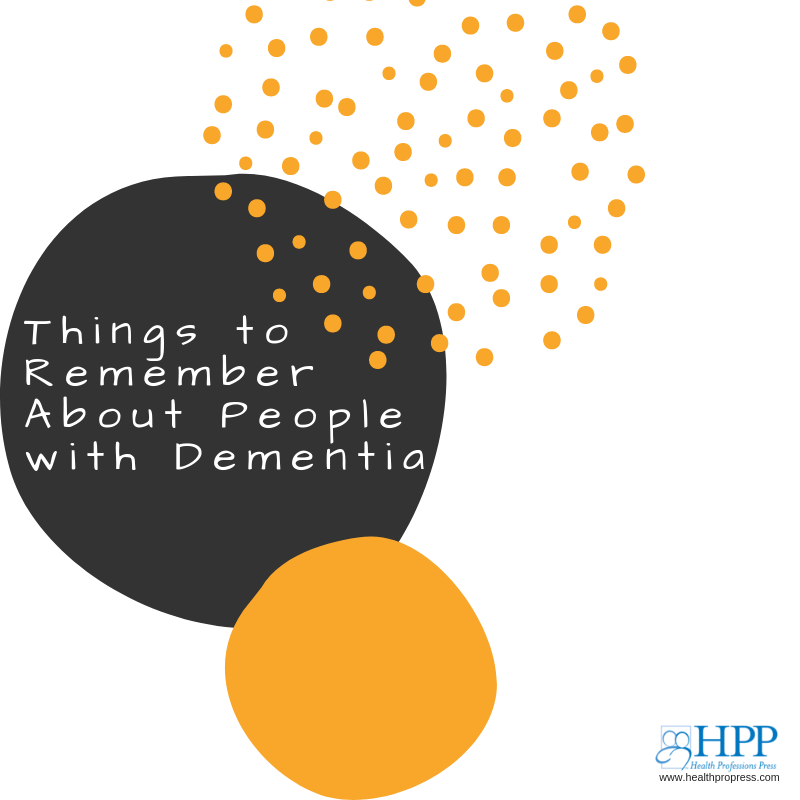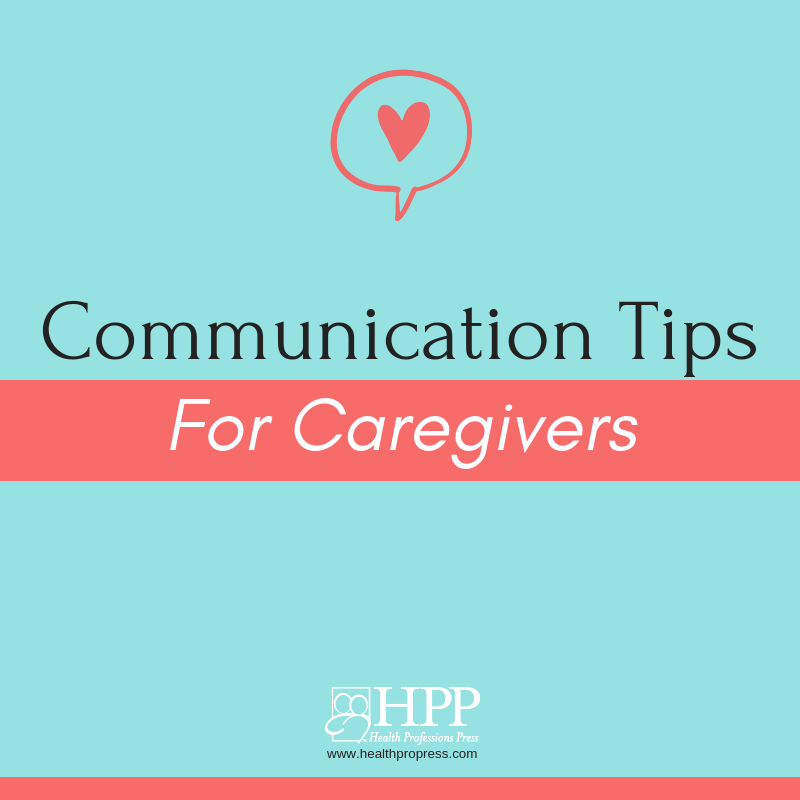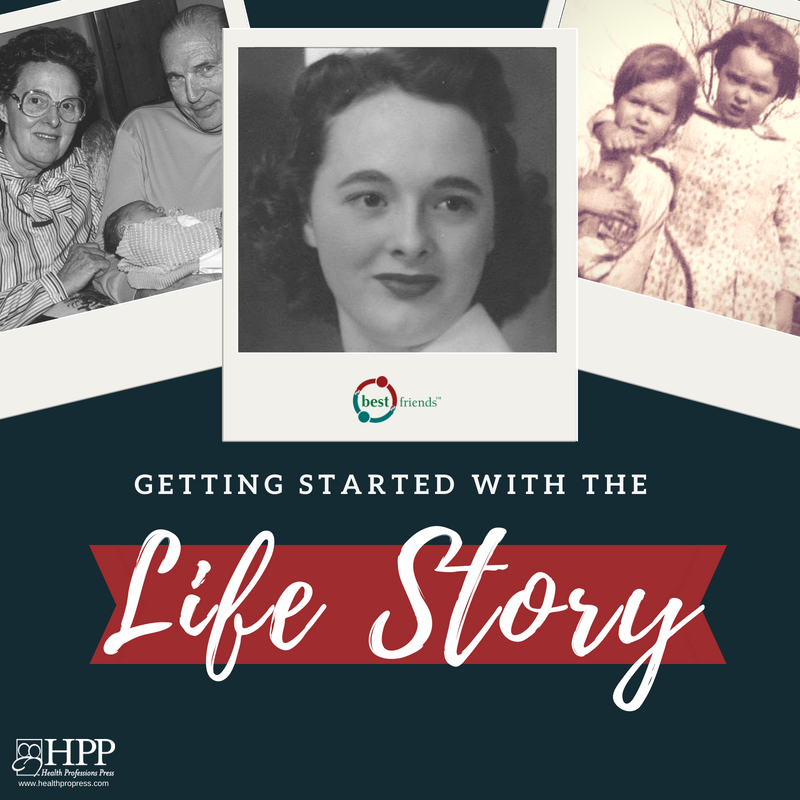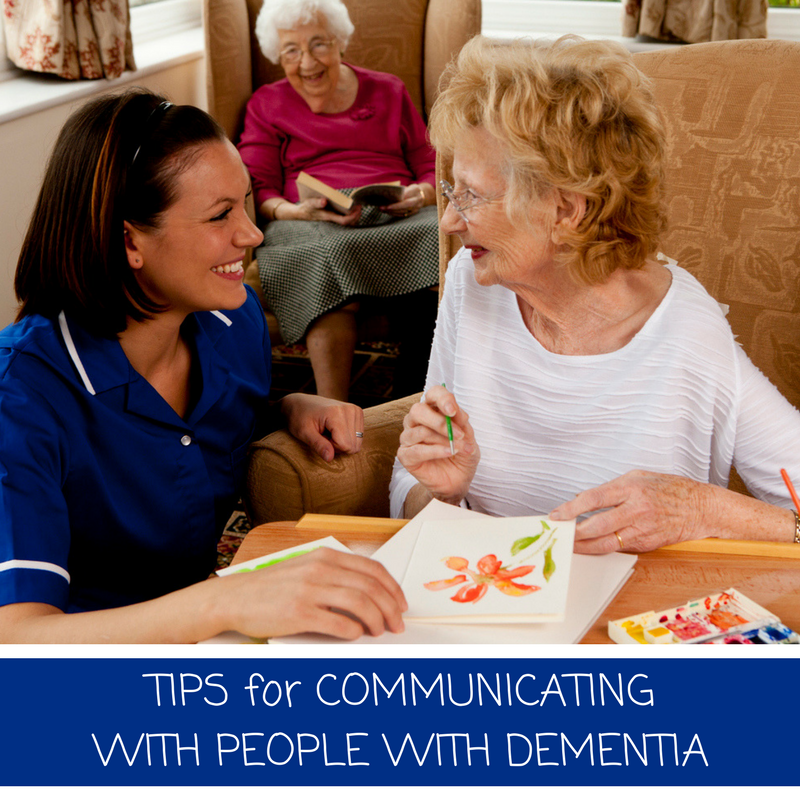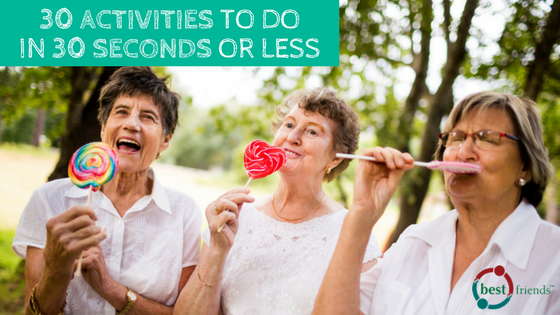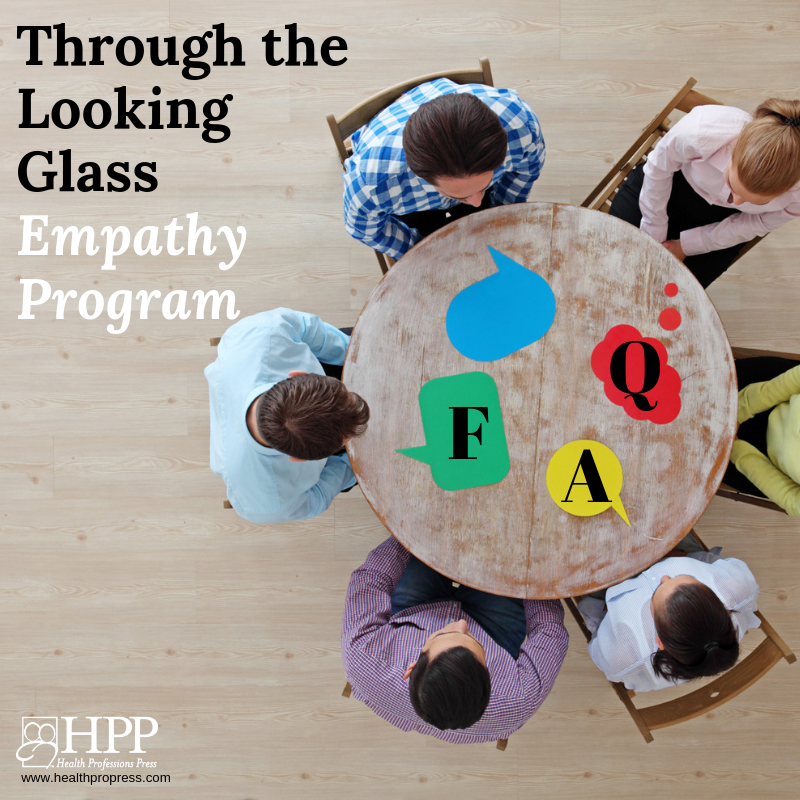
Getting Started Implementing the Through the Looking Glass Program: Frequently Asked Questions
Through the Looking Glass is an empathy program created by an administrator struggling to jump-start culture change in her residential care community. This unique program challenges staff to put themselves in the shoes of the residents, by having staff simulate a diagnosis and live alongside residents.
READ MORE
